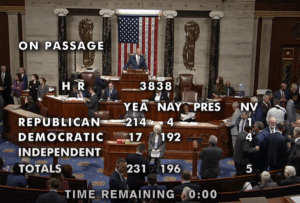
The Department of Energy has decided to use a Cold War nuclear weapons cleanup in Ohio to help produce high-purity depleted uranium metal for nuclear weapons programs. The civilian agency's semi-autonomous National Nuclear Security Administration (NNSA) will do that by installing a fourth process line at the depleted uranium hexafluoride conversion facility at the Portsmouth Site near Piketon, Ohio, according to an amended record of decision published Thursday in the Federal Register. The planned process line will convert depleted uranium…

 By
By 








